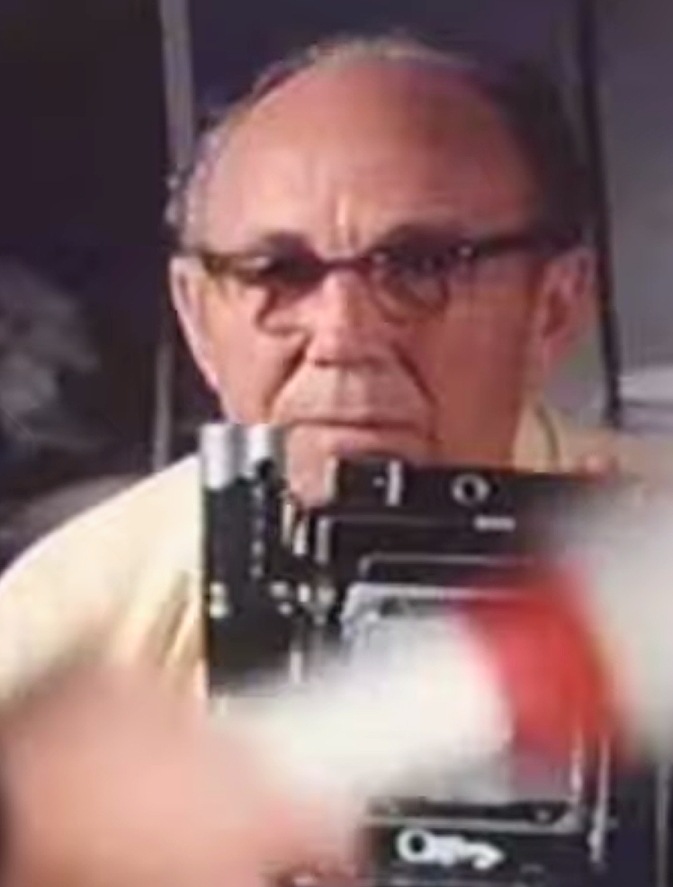Facts about Harold Edgerton
Harold Edgerton Biography
Harold Edgerton was an electrical engineer whose work on strobe and underwater photography greatly influenced both art and science during the 20th century.
Edgerton was from Nebraska and spent his entire academic career at the Massachusetts Institute of Technology after 1927.
He made his mark as an expert in high-speed photography — Edgerton’s 1931 doctoral dissertation included a motion picture of a motor lit by a strobe light, and by 1932 he and student/colleague Kenneth J. Germeshausen had made strobe lights commercially available.
While teaching at MIT, Edgerton also traveled around, showing the industrial, artistic and entertainment merits of stroboscope photography.
Inefficiencies and flaws could be seen in moving machine parts with his new technique, and it could be applied artistically — his photo “Coronet,” of a milk drop just as it breaks the surface of a glass of milk, was shown at the Museum of Modern Art in 1937. Stoboscope photography also revolutionized the world of sports photography.
During World War II Edgerton developed long-range night photography for U.S. airplanes, and after the war he figured out how to photograph nuclear tests at the moment of blast.
Because of Edgerton, we know how a hummingbird’s wings work, and how the tongue of a cat works when it drinks.
During the 1950s and ’60s Edgerton worked on underwater photography, sometimes in collaboration with Jacques Cousteau.
Although he officially retired from MIT in 1968, “Doc” Edgerton continued to teach and work in the lab the rest of his life.
Extra credit
A 1940 short film that Harold Edgerton worked on, Quicker ‘n a Wink, won an Oscar.

